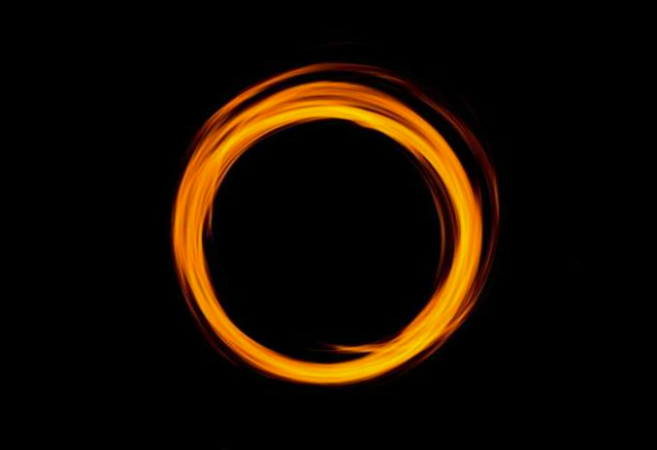In a new Physical Review Letters study, researchers from the University of Otago and University of Canterbury have successfully traced a gravitational wave’s entire path—from the infinite past to the infinite future—as it interacts with a black hole. This marks the first time the complete cause-and-effect chain of gravitational wave scattering has been captured in a single simulation.
The team tackled the long-standing scattering problem in gravitational physics, aiming to understand how gravitational waves behave when encountering massive objects like black holes. This requires tracking waves from past null infinity—the spacetime origin point of incoming waves—to future null infinity, where outgoing waves ultimately travel. These boundaries, where waves originate and end if undisturbed, are crucial in understanding wave dynamics.
Phys.org interviewed the researchers—Prof. Joerg Frauendiener (University of Otago), Dr. Chris Stevens, and Sebenele Thwala (both from University of Canterbury). Dr. Stevens explained, “We showed, for the first time, that it’s possible to follow a gravitational wave through a black hole’s curved spacetime from infinite past to infinite future.” Thwala added that including infinity in the simulation enables accurate calculation of the energy and momentum transferred to the black hole or escaping to infinity.
To solve the "infinity problem," the team relied on Einstein’s general relativity, which considers isolated systems like black holes as residing in asymptotically flat spacetime—regions that become flat and empty at great distances. Standard simulations only cover finite regions, omitting the full wave journey. Their method resolves gravitational waves on past null infinity, evolves the nonlinear Einstein equations through the black hole, and extracts the waveform at future null infinity—giving a true causal link between incoming and outgoing radiation.
To achieve this, they used Friedrich’s Generalized Conformal Field Equations (GCFE)—a mathematical framework that compresses infinite distances into finite computational domains. They also developed a custom software tool, COnFormal Field Equation Evolver (COFFEE), to simulate wave pulses hitting a Schwarzschild black hole.
Simulations revealed spacetime’s surprising stiffness: for weak waves, only about 8.5% of energy scattered back into space, and for strong waves, just 20% escaped—the rest was absorbed. To measure energy flow, the researchers used two key quantities: Bondi energy (total energy on a light cone) and Bondi news (a signal indicating the presence of gravitational radiation). These metrics allowed for highly accurate energy conservation throughout the simulations.
Nonlinear effects also appeared. Despite injecting simple waveforms, spacetime dynamics generated new wave modes—an effect known as backreaction. At future null infinity, the outgoing waves exhibited quasinormal ringing, a stable oscillation linked only to the black hole itself, independent of the wave input.
Dr. Stevens highlighted the breakthrough: “Having data at both infinities lets us rigorously assess what goes in and what comes out.” This is especially valuable for gravitational wave observatories like LIGO. Still, challenges remain—Prof. Frauendiener noted that they currently can’t set the wave directly at past null infinity, which would further refine their results.
Moving forward, the researchers aim to explore global properties of the scattering problem, rather than immediately applying the method to more complex setups.

